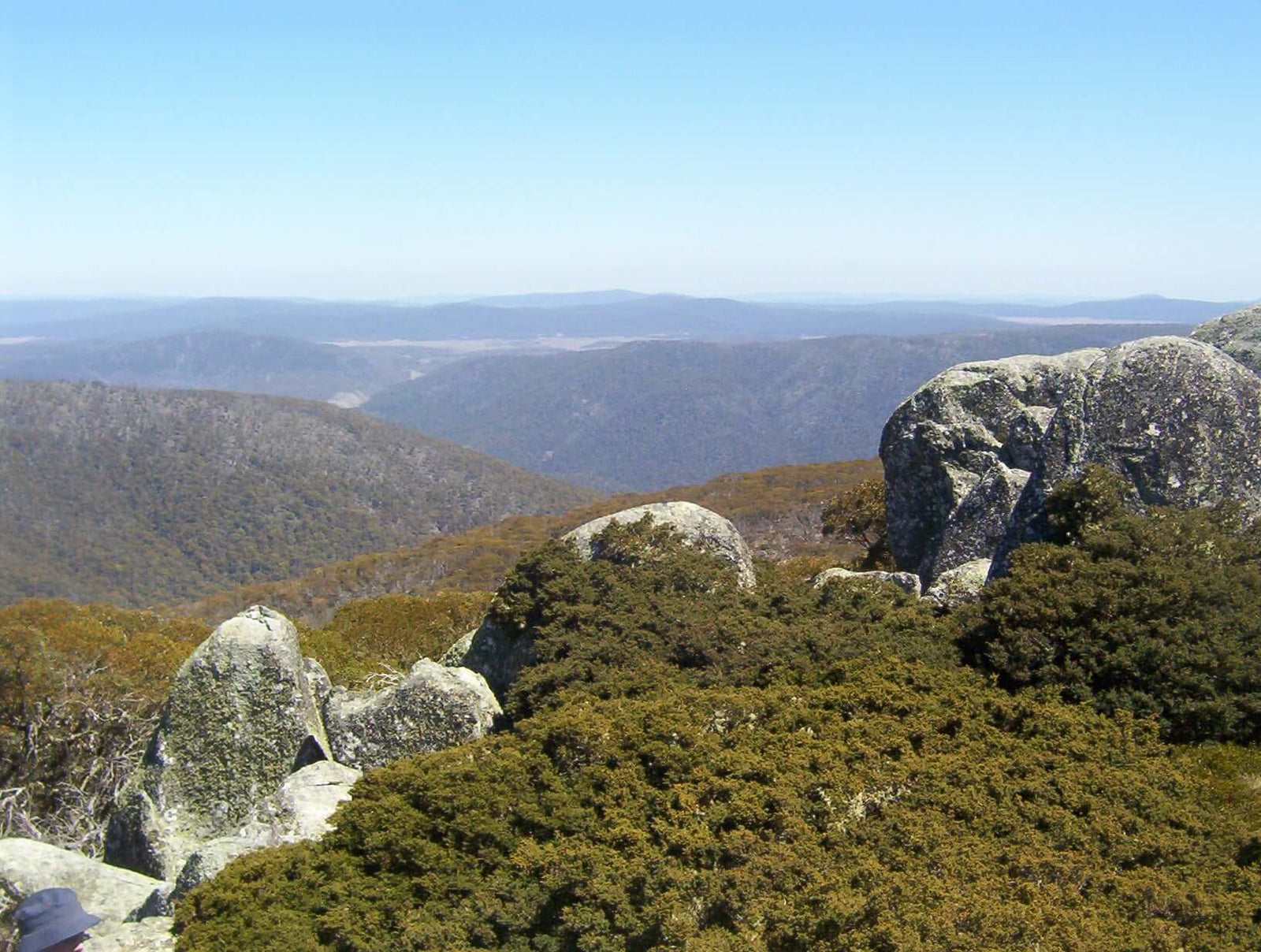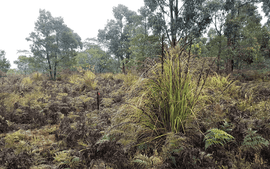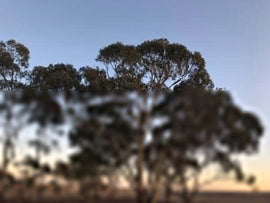Located just south of Canberra, Namadgi National Park in the Australian Alps covers almost half of the Australian Capital Territory. During the 1800s and early 1900s, the partially wooded valleys and lower slopes of the Gudgenby Valley were opened up for grazing. This resulted in soil erosion and shrub invasion. In the mid-1960s, the 400 ha Boboyan Pine Plantation was established.
When the area was incorporated into Namadgi National Park in 1984, a decision was made to remove the pines. Pines conflict with nature conservation, as they alter the soil making it unfavorable for native plants to grow, provide very little habitat for native animals and invade surroundings native bushland. In 1997, rehabilitation work started and the Boboyan pines have been progressively removed between then and 2004. With the pines gone, the ACT Government started work to restore the former plantation to its original condition.
Between 2000 and 2002, Greenfleet helped out by revegetating 70 ha of land in the Namadgi National Park with over 70,000 native trees. A mix of native species was selected to reflect the pre-clearing indigenous vegetation of the site.
Namadgi National Park plays an important ecological role with extensive biodiversity values. The park provides habitat for a wide range of native animals: at least 35 species of mammals, 14 species or subspecies of frog, over 41 species of reptiles, four native fish species and over 130 species of birds have been recorded in the park. Among them, 13 threatened animal species are found including; the smoky mouse, river blackfish (Gadopsis marmoratus) and northern corroboree frog (Pseudophryne pengilleyi). The northern corroboree frog is particularly vulnerable as the species lives exclusively in the subalpine areas of Namadgi and adjacent parts of NSW.
At our last visit, the forest was full of life with many birds and marsupials roaming around.
Greenfleet’s reforestation work in the park is helping to protect the biodiversity of the ACT, preserving diverse bird and animal species, and plant life.
As it grows, our forest is also playing a crucial role against climate change by sequestering carbon. Using FullCAM, the National Carbon Accounting Tool developed by CSIRO, we estimate that this site will have sequestered nearly 35,800 tonnes of CO2-e within 100 years after planting. That’s the amount of emissions produced by 2,100 average four-people households or 5,500 average 4wd vehicles in one year.





